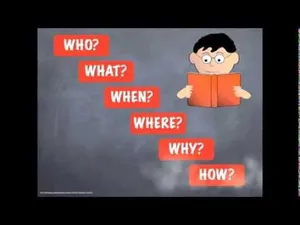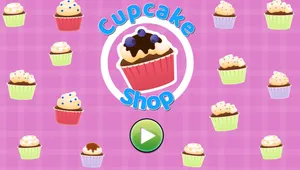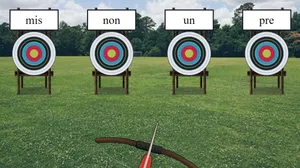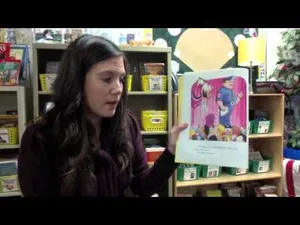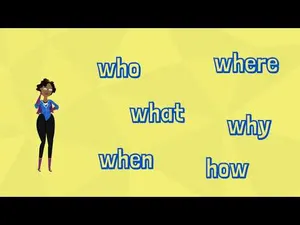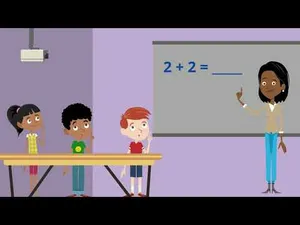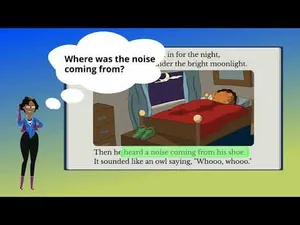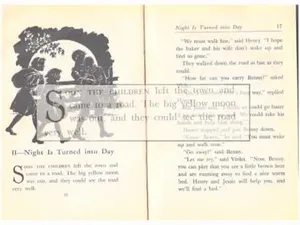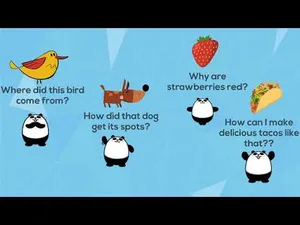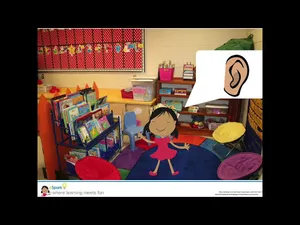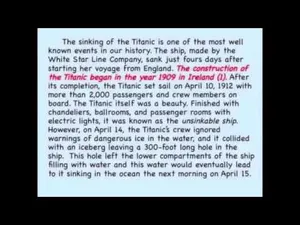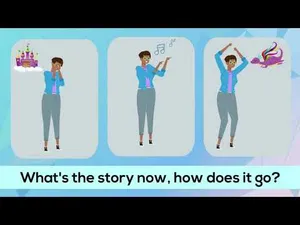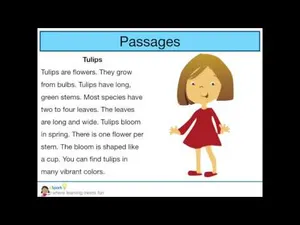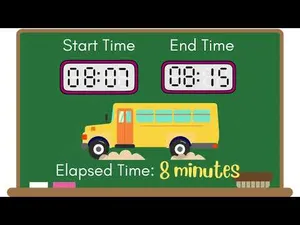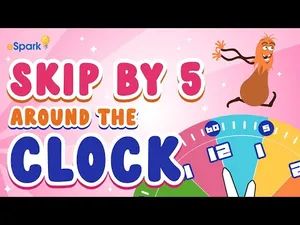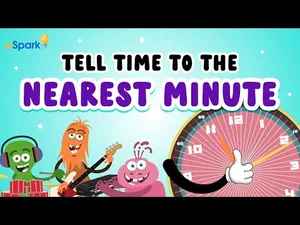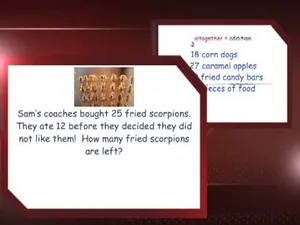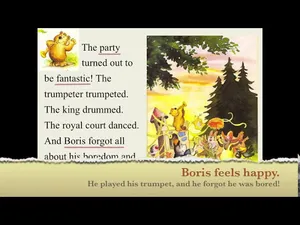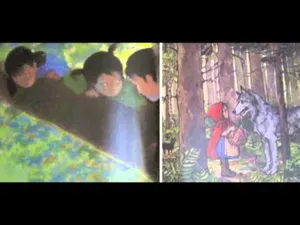Using Illustrations to Help Understand Text
Gain Meaning from Pictures
2.6.E and 6 more
Asking And Answering Questions 2nd Grade
Ask and Answer Questions
2.6.B and 4 more
Retelling Stories & Finding the Lesson
Retell Stories
K.7.A and 4 more
Asking And Answering Questions RL 2nd Grade
Ask and Answer Questions
2.6.B and 4 more
Finding Support for an Author's Point
Find Evidence in the Text
2.9.D and 3 more
Text Structure - Stories & Novels
Identifying Text Structure
2.9.B and 3 more
Rhythm and Meaning
Rhythm and Alliteration
K.2.A and 2 more
Asking And Answering Questions RI 2nd Grade
Answer Questions about Texts
2.6.E and 1 more
Asking And Answering Questions Grade 2
Answer Questions about Texts
2.6.E and 1 more
Sounds in Words
Sounds You Hear in Words
1.2.A and 1 more
Describing the Relationship of Events: Sequencing
Logical Connections
1.9.D and 1 more
What's the Story?
Explore Story Structure
1.8.C and 1 more
Using Images to Understand Nonfiction
Images Add Meaning to Text
2.9.D and 1 more
AM and PM
Tell and Write Time
2.9.G
Elapsed Time on a Number Line
Tell and Write Time in Minutes
2.9.G
Skip Around the Clock
Tell and Write Time
2.9.G
Minute Hand 'Round the Clock
Tell and Write Time in Minutes
2.9.G
Solving Multi-Step Word Problems
Word Problems
2.7.C
Feelings in Stories
Find Feeling Words in Stories
1.9.B
Comparing and Contrasting Cultural Differences
Compare and Contrast Stories
2.9.A
Educational Activities and Teaching Resources for 2nd Grade
Welcome to second grade! Odd or even? 15 minutes or 20? Two quarters or six dimes and a nickel? Second grade mathematicians are putting what they've learned into practice, with some real-world ramifications. Second grade students will develop more advanced addition and subtraction skills while laying the foundation for multiplication. Additional life skills are introduced, including work with time and money, and students begin working more with data. Shape work moves from recognition and building to partitioning and deconstruction.
When it comes to reading, are your second graders happy, or are they ecstatic? Are they lively or bouncing off the walls? Loud or ear-splitting? Shades of meaning can make all the difference! Most second graders will have developed enough independent reading skills that they can begin to consume and comprehend more complex texts spanning a variety of genres. Decoding skills have developed to include complex spelling-sound correspondences and two-syllable words, while oral reading begins to include purposeful inflection and cadence. Students can craft compound sentences, use commas, and infer the meaning of unknown words.
Some of the skills students will master in eSpark include:
Math
- Adding and subtracting within 100 using various strategies
- Fluently adding and subtracting within 20 using mental strategies and mentally adding and subtracting 10 or 100
- Understanding odd vs. even
- Working with simple arrays
- Recognizing place value out to the hundreds
- Counting within 1000
- Reading and writing with base-ten numerals and expanded form
- Comparing numbers with >, =, and < symbols
- Measuring, estimating, and comparing lengths
- Applying critical thinking skills to solve word problems, including those involving money
- Telling time to the nearest five minutes
- Visualizing data with line plots, picture graphs, and bar graphs
- Partitioning shapes to lay the foundation for fractions
Reading
- Asking and answering questions
- Retelling stories and identifying lessons or morals
- Understanding story structure, point of view, and main idea
- Explaining how pictures and illustrations add clarity to text
- Distinguishing long and short vowels
- Recognizing more complex vowel teams and spelling patterns
- Decoding two-syllable words and words with common prefixes and suffixes
- Identifying grade-appropriate sight words
- Reading text with fluency, expression, and self-correcting word recognition
- Distinguishing and applying shades of meaning
- Identifying root words, compound words, and multiple-meaning words
eSpark is truly unique in the world of online learning. Our holistic, student-centered approach blends the proven benefits of play-based learning with systematic, explicit, and direct instruction. It’s proof that learning can be fun, personalized, and effective, all at once!
eSpark meets the criteria for evidence-based interventions under ESSA guidelines, and has been proven in multiple studies to improve student performance in math and reading.
When you sign up for an eSpark account, your students experience these activities via adaptive, differentiated independent pathways and teacher-driven small group assignments. Teachers also have access to detailed usage and progress reports with valuable insights into standards mastery, student growth trends, and intervention opportunities.
With the addition of the game-changing Choice Texts for the 2023-2024 school year, eSpark has cemented its status as the most loved supplemental instruction option for students and teachers alike. Claim your free account today and see the difference for yourself!
